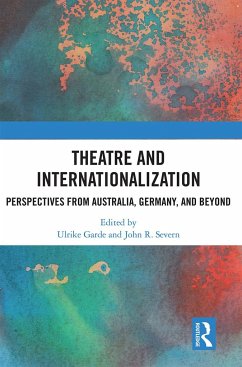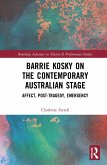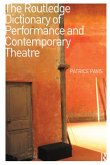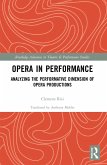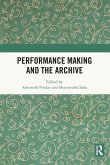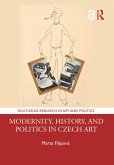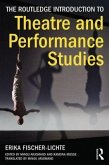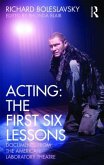Theatre and Internationalization examines how internationalization affects the processes and aesthetics of theatre, and how this art form responds dramatically and thematically to internationalization beyond the stage.
With central examples drawn from Australia and Germany from the 1930s to the present day, the book considers theatre and internationalization through a range of theoretical lenses and methodological practices, including archival research, aviation history, theatre historiography, arts policy, organizational theory, language analysis, academic-practitioner insights, and literary-textual studies. While drawing attention to the ways in which theatre and internationalization might be contributing productively to each other and to the communities in which they operate, it also acknowledges the limits and problematic aspects of internationalization. Taking an unusually wide approach to theatre, the book includes chapters by specialists in popular commercial theatre, disability theatre, Indigenous performance, theatre by and for refugees and other migrants, young people as performers, opera and operetta, and spoken art theatre.
An excellent resource for academics and students of theatre and performance studies, especially in the fields of spoken theatre, opera and operetta studies, and migrant theatre, Theatre and Internationalization explores how theatre shapes and is shaped by international flows of people, funds, practices, and works.
With central examples drawn from Australia and Germany from the 1930s to the present day, the book considers theatre and internationalization through a range of theoretical lenses and methodological practices, including archival research, aviation history, theatre historiography, arts policy, organizational theory, language analysis, academic-practitioner insights, and literary-textual studies. While drawing attention to the ways in which theatre and internationalization might be contributing productively to each other and to the communities in which they operate, it also acknowledges the limits and problematic aspects of internationalization. Taking an unusually wide approach to theatre, the book includes chapters by specialists in popular commercial theatre, disability theatre, Indigenous performance, theatre by and for refugees and other migrants, young people as performers, opera and operetta, and spoken art theatre.
An excellent resource for academics and students of theatre and performance studies, especially in the fields of spoken theatre, opera and operetta studies, and migrant theatre, Theatre and Internationalization explores how theatre shapes and is shaped by international flows of people, funds, practices, and works.
"Theatre and Internationalization prompts readers to reflect across a broad range of topics and presents them with useful tools to carry out further study. The studies found here will be particularly useful towards developing a language to articulate the complex realities of stage practice and performance, drawing from a considerable theoretical apparatus. The case-study approach grounds the contributions and ensures their concreteness, in an area of study that would otherwise risk falling into sterile abstraction." Serra Porteiro, Scenario, p. 165.

